A2L Optimization Process Underway for Major Copeland Compressor Platforms
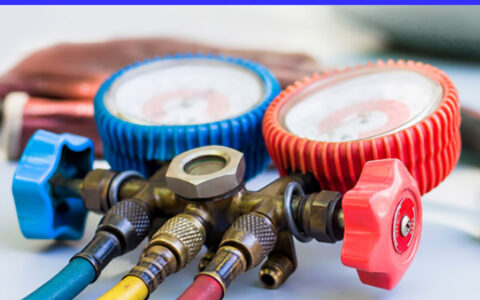
*On June 1, 2023 Emerson’s Climate Technologies business became a new standalone company – Copeland. Though our name has changed, we are building on more than a century of HVACR innovation and industry leadership, and Copeland continues to offer the same products, industry stewardship, and learning opportunities you’ve grown to trust. Information found on this webpage posted before June 1, 2023 may contain our old name or branding, but you can be at ease knowing it was created with the knowledge and expertise of Copeland.
To meet the growing needs for lower-global warming potential (GWP) heating, air conditioning and refrigeration equipment technologies, Copeland is optimizing its major compressor platforms for use with A2L refrigerants. Our ongoing efforts are in response to the recent regulatory actions that aim to phase down high-GWP hydrofluorocarbon (HFC) refrigerants and approve the use of select A2L alternatives in next-generation air conditioning and commercial refrigeration equipment.
As a global leader in the development of innovative heating, air conditioning and refrigeration technologies, Copeland is committed to helping its customers achieve their sustainability, decarbonization and regulatory compliance goals. The next generation of efficient, reliable and safe A2L-qualified compressor technologies is designed to help stakeholders in the heating, air conditioning and refrigeration supply chain make a successful transition to lower-GWP refrigerants.
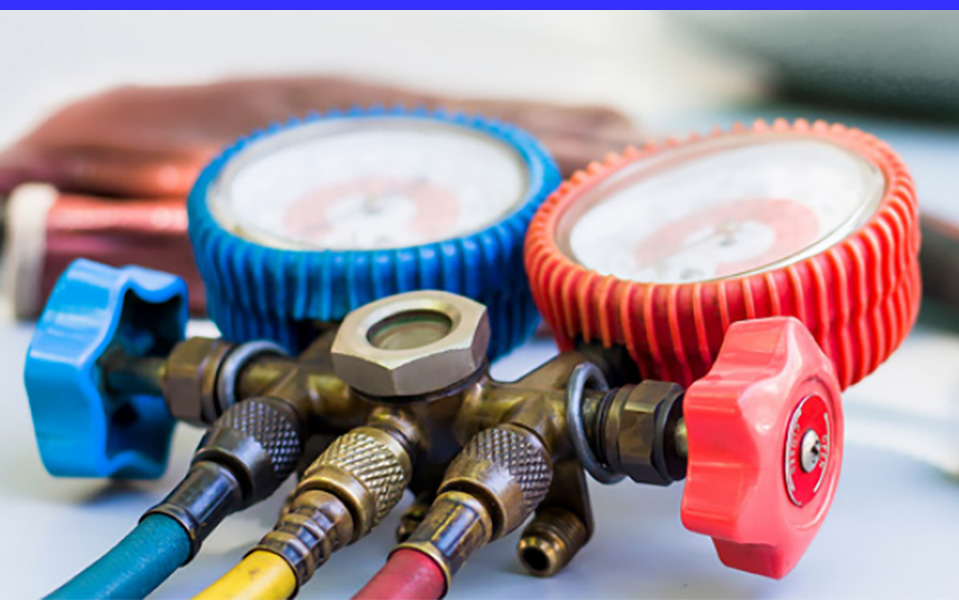
Regulations drive urgency of technology transition
In the U.S., the HFC phasedown is being driven by the American Innovation and Manufacturing (AIM) Act, which has authorized the Environmental Protection Agency (EPA) to regulate the supply and demand of HFC refrigerants. The EPA will implement a 40 percent HFC supply reduction at the beginning of next year, and a 70 percent reduction is scheduled for 2029. To reduce demand, the EPA has also recently introduced its Technology Transitions proposal, which sets sector-based GWP limits in heating, air conditioning and refrigeration equipment types.
These actions highlight the urgency with which the heating, air conditioning and refrigeration industry needs to develop the next generation of lower-GWP equipment. In commercial refrigeration, the Technology Transitions proposal establishes limits from 150–300 GWP in new equipment and sets the compliance date to Jan. 1, 2025 — one year sooner than industry stakeholders had expected. Although the proposed GWP restrictions are consistent with Air-Conditioning, Heating, and Refrigeration Institute (AHRI) recommendations and industry petitions, the accelerated timing could create challenges for manufacturers seeking to qualify new equipment by 2025.
Achieving the low GWP thresholds required for future heating, air conditioning and refrigeration equipment — 700 GWP in air conditioning applications and 150–300 GWP in commercial refrigeration — will require the use of emerging refrigerant technologies. With their lower flammability classification, A2L refrigerants have been identified by safety standards and regulatory agencies as safe and viable alternatives in new heating, air conditioning and refrigeration equipment and system architectures.
In air conditioning applications, the EPA has already listed several A2L alternatives as acceptable for use under its Significant New Alternatives Policy (SNAP) Rules 23 and 25. The recently proposed EPA SNAP Rule 26 lists select A2L options as acceptable, per use conditions in a variety of commercial refrigeration applications, including stand-alone equipment, remote condensing units, rack systems and distributed architectures.
These approved and pending-approval end uses are based on the guidance provided by the Underwriters Laboratory (UL) product safety standards, which mandate the requirements for the safe use of A2L refrigerants in air conditioning and commercial refrigeration applications. The development of Copeland’s A2L-qualified compression platforms, condensing units and associated componentry is taking place according to the requirements of these UL standards.
Optimizing compressors for A2Ls
In anticipation of the regulatory approval of A2L refrigerants, Copeland spent several years optimizing its renowned compression technology and related components for the safe application of A2L refrigerants. Doing so required significant coordinated investments in global A2L product development laboratories and product testing capabilities, including:
- A2L performance test rooms
- A2L life testing stands
- State-of-the art power electronics lab
- Psychrometric and environmental chambers
- Investment in additional A2L testing capabilities in manufacturing facilities
- Technician and manufacturing expertise
Copeland is leveraging these capabilities to optimize its next-generation, A2L-optimized compression platforms using the following recently EPA-listed and/or -proposed refrigerants:
- R-32 (675 GWP) and R-454B (466 GWP) for air conditioning
- R-455A (146 GWP), R-454C (148 GWP) and R-454A (238 GWP) for commercial refrigeration
Production of A2L-optimized Copeland compressors for air conditioning equipment began in 2022, with subsequent models to be released based on original equipment manufacturer (OEM) requirements. Production for refrigeration A2L-qualified models began earlier this summer, with future releases to be staggered across all major product platforms. The timely release of these A2L-qualified compressors is helping OEMs to begin their design cycles and be ready to meet market needs over the next few years.
For more information about how Copeland is helping the heating, air conditioning and refrigeration industry transition to lower-GWP refrigerants, please visit our heating, air conditioning and refrigeration regulatory information webpage. To explore the potential of A2L refrigerants in heating, air conditioning and refrigeration, please visit our A2L refrigerant information webpage.
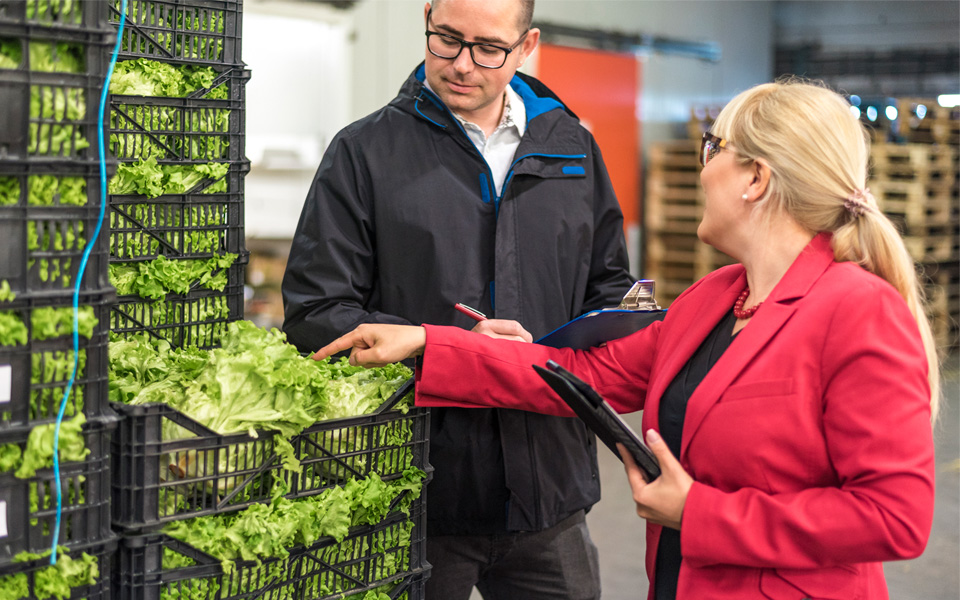
Six Ways to Reduce Food Waste by Tracking the Supply Chain
by Gerd Uitdewilligen | Cold Chain
*On June 1, 2023 Emerson’s Climate Technologies business became a new standalone company –...
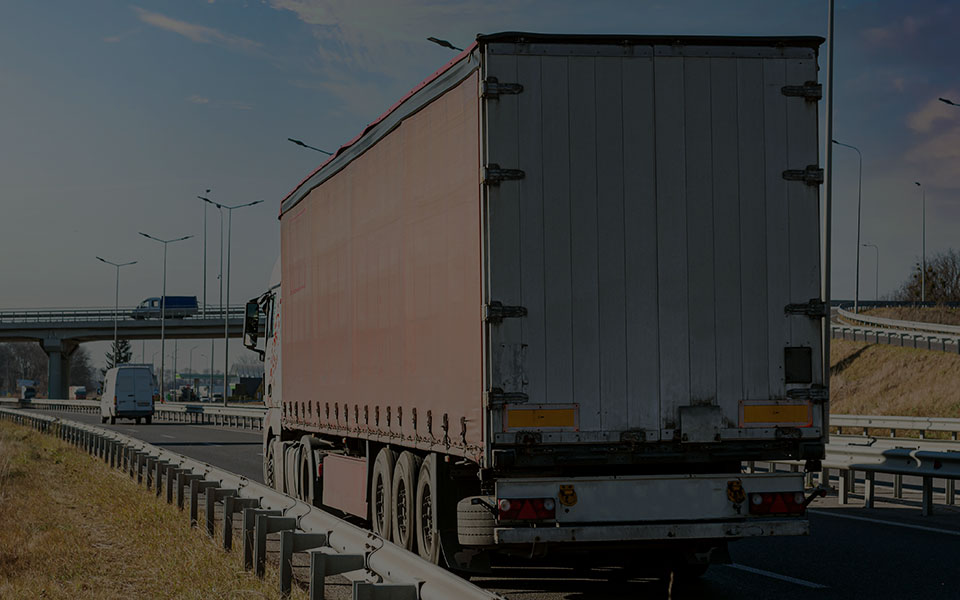
Protect Valuable Shipments in High-Crime Areas
by Lissandra Rodriguez | Cold Chain
*On June 1, 2023 Emerson’s Climate Technologies business became a new standalone company –...
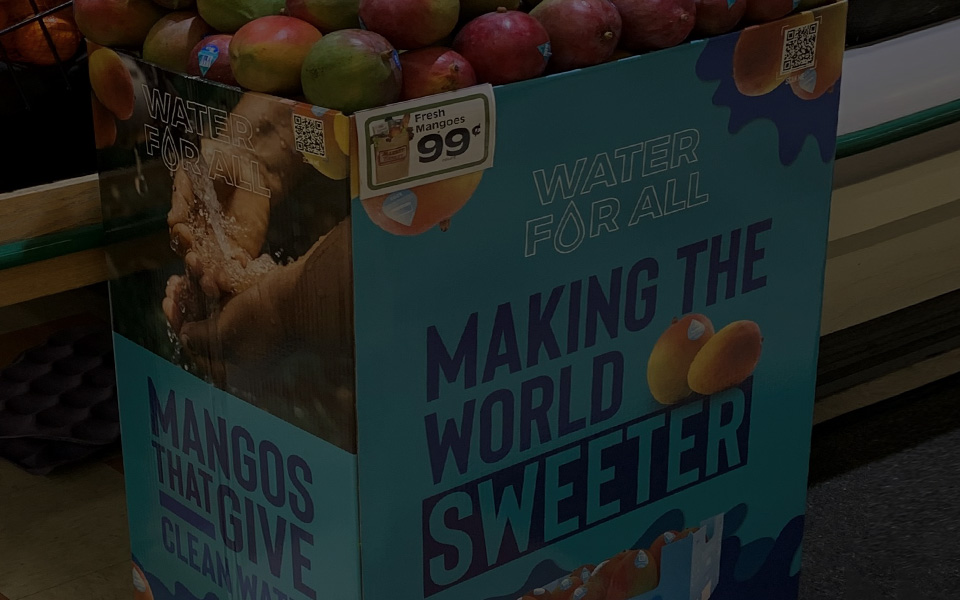
Real-time Tracking Protects Valuable Mango Cargo
by Andres Toro | Cold Chain
*On June 1, 2023 Emerson’s Climate Technologies business became a new standalone company –...
The post A2L Optimization Process Underway for Major Copeland Compressor Platforms appeared first on Copeland.